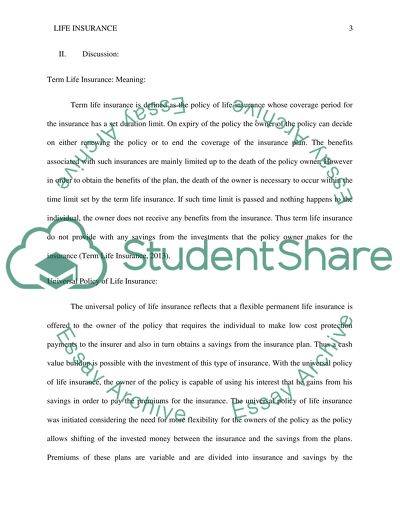Cite this document
(“Life Insurance Research Paper Example | Topics and Well Written Essays - 2500 words”, n.d.)
Retrieved from https://studentshare.org/finance-accounting/1490089-life-insurance
Retrieved from https://studentshare.org/finance-accounting/1490089-life-insurance
(Life Insurance Research Paper Example | Topics and Well Written Essays - 2500 Words)
https://studentshare.org/finance-accounting/1490089-life-insurance.
https://studentshare.org/finance-accounting/1490089-life-insurance.
“Life Insurance Research Paper Example | Topics and Well Written Essays - 2500 Words”, n.d. https://studentshare.org/finance-accounting/1490089-life-insurance.


